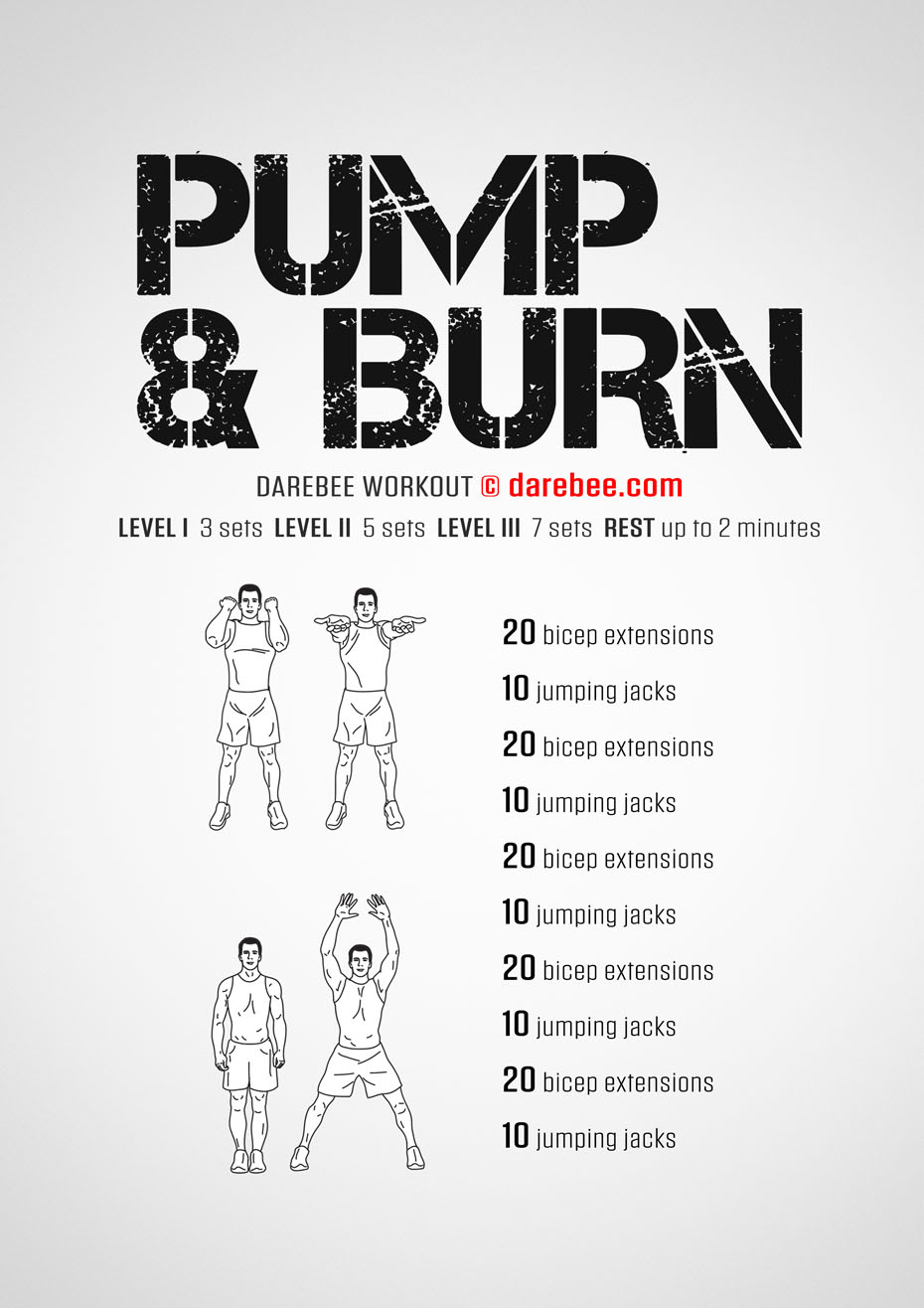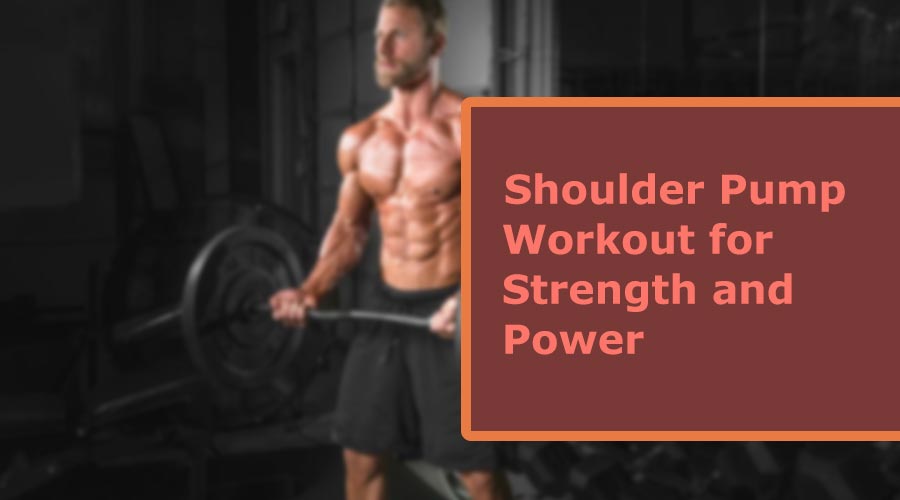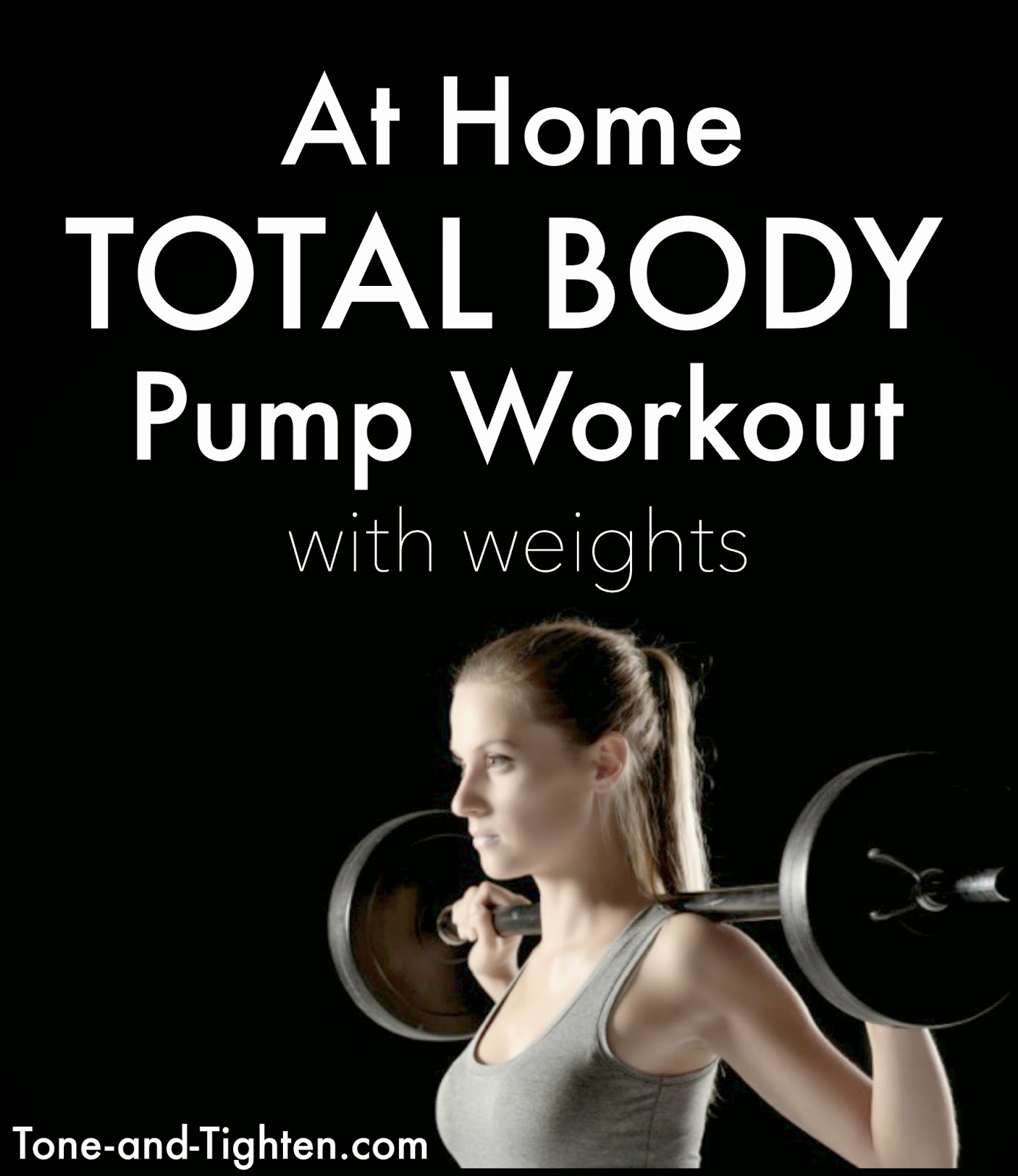Understanding the Basics: What Exactly is a Pump Workout?
A pump workout is a high-intensity, anaerobic exercise regimen designed to promote muscle hypertrophy and improved vascularity. The term “pump” refers to the sensation of blood engorging the muscles, making them feel full, tight, and strong. This workout style typically involves performing multiple sets of high-repetition exercises with minimal rest periods, targeting specific muscle groups to achieve an intense muscle pump effect.
A Historical Perspective: The Origin of Pump Workouts
The concept of pump workouts has been evolving for several decades, with roots in bodybuilding and strength training. The 1970s marked a significant turning point, as bodybuilding legends like Arnold Schwarzenegger popularized high-volume, high-repetition training regimens aimed at achieving an intense muscle pump effect. This era saw the emergence of the “pump and tone” philosophy, which emphasized the use of lighter weights and higher repetitions to promote muscle definition and vascularity.
Throughout the 1980s and 1990s, the popularity of pump workouts continued to grow, with the advent of new fitness trends and training methodologies. The introduction of machines and cable systems in gyms facilitated the execution of pump workouts, allowing for greater control and isolation of specific muscle groups. Moreover, the rise of celebrity trainers and fitness influencers further popularized pump workouts, showcasing their effectiveness in transforming bodies and improving overall fitness.
How to Execute a Pump Workout: Essential Techniques and Tips
To maximize the benefits of a pump workout and minimize the risk of injury, it’s crucial to follow proper techniques and guidelines. Begin with a thorough warm-up, consisting of light cardio exercises and dynamic stretches, to prepare your muscles for the upcoming high-intensity workout. This will help increase blood flow, reduce muscle stiffness, and lower the likelihood of injury.
During the workout, focus on controlled movements and maintain proper form. Choose a weight load that allows you to perform 12 to 15 repetitions per set while keeping your muscles under tension. Adequate rest periods are equally important; aim for 30 to 60 seconds of rest between sets to allow your muscles to recover partially, ensuring that you can maintain the intensity throughout the workout.
To amplify the muscle pump effect, consider incorporating techniques such as supersets, drop sets, or giant sets. These methods involve performing multiple exercises back-to-back with minimal rest, which can lead to increased blood flow, muscle fatigue, and an intense muscle pump sensation. However, be cautious when implementing these techniques, as they can significantly increase the overall intensity and demand on your muscles and cardiovascular system.
The Science Behind Pump Workouts: The Physiological Effects on Muscles
Pump workouts elicit various physiological responses in the body, contributing to muscle hypertrophy, strength gains, and improved vascularity. One key factor is lactic acid buildup, a byproduct of intense anaerobic exercise. Lactic acid accumulation triggers the release of growth hormones, which play a crucial role in muscle development and repair. Moreover, the burning sensation associated with lactic acid buildup can serve as a useful indicator of workout intensity, helping you gauge the effectiveness of your pump workout sessions.
Another essential aspect of pump workouts is cell swelling, or muscle inflammation, which occurs as a result of increased blood flow and fluid accumulation in the muscle tissue. Cell swelling stimulates protein synthesis and muscle growth, enhancing the overall effectiveness of pump workouts. Furthermore, the increased blood flow associated with pump workouts contributes to improved vascularity, giving the muscles a fuller, more defined appearance.
Designing a Personalized Pump Workout Routine: Factors to Consider
When designing a personalized pump workout routine, it’s essential to consider several factors, including your fitness level, goals, and available equipment. By tailoring your workout plan to your individual needs, you can maximize its effectiveness and ensure that you’re making steady progress towards your objectives.
For beginners, start with a lower volume and intensity, focusing on proper form and technique. Gradually increase the difficulty as your fitness level improves, incorporating advanced exercises and techniques to challenge your muscles and promote further growth. For intermediate and advanced lifters, consider incorporating higher-volume and intensity methods, such as supersets, drop sets, or giant sets, to amplify the muscle pump effect and stimulate muscle hypertrophy.
Additionally, ensure that your pump workout routine targets all major muscle groups, including the chest, back, shoulders, arms, and legs. A well-rounded workout plan should include a variety of exercises and techniques to promote balanced muscle development and minimize the risk of injury. By following these guidelines and adjusting your routine as needed, you can create a personalized pump workout plan that delivers results and supports your overall fitness goals.
Incorporating Pump Workouts into a Balanced Fitness Regimen: A Holistic Approach
Pump workouts can be an integral part of a well-rounded fitness program, offering numerous benefits for muscle growth, strength, and overall health. To maximize their effectiveness, consider combining pump workouts with other forms of exercise, such as aerobic activities and flexibility training. This holistic approach can help you achieve a balanced fitness routine, supporting your goals and promoting long-term success.
Aerobic exercises, such as running, swimming, or cycling, can complement pump workouts by improving cardiovascular health, enhancing endurance, and aiding in recovery. By incorporating both anaerobic and aerobic exercises into your routine, you can create a balanced fitness program that supports muscle growth, strength gains, and overall health. Moreover, engaging in regular aerobic activities can help reduce the risk of injury and burnout, ensuring that you can maintain a consistent and effective workout schedule.
Additionally, proper nutrition and recovery play crucial roles in supporting muscle growth and overall health. Consuming a well-balanced diet, rich in protein, carbohydrates, and healthy fats, can help fuel your workouts and promote muscle repair and growth. Adequate rest and recovery, including sleep and active recovery techniques, can further support your fitness goals by allowing your muscles to heal and adapt to the demands of your pump workout routine.
https://www.youtube.com/watch?v=nmOMNiOWhRI
Pump Workout Misconceptions: Debunking Common Myths and Misunderstandings
Pump workouts have gained widespread popularity in recent years, but several misconceptions and misunderstandings still surround this workout style. By addressing these myths and providing evidence-based arguments, we can help clarify the true benefits and applications of pump workouts.
One common misconception is that pump workouts only target specific muscle groups, such as the arms or chest, and are ineffective for overall strength gains. However, research has shown that pump workouts can promote muscle hypertrophy and strength gains across various muscle groups, making them a valuable addition to any well-rounded fitness program. By incorporating pump workouts into a balanced fitness regimen, individuals can achieve a variety of fitness goals, including increased strength, muscle mass, and endurance.
Another misunderstanding is that pump workouts are ineffective for individuals seeking to improve their athletic performance or functional fitness. In reality, pump workouts can help enhance muscular endurance, power, and agility, making them applicable to a wide range of athletic pursuits and everyday activities. By incorporating pump workouts into a comprehensive training program, athletes and fitness enthusiasts can develop well-rounded physical abilities and support their overall health and well-being.
Exploring the World of Pump Workouts: Real-Life Applications and Success Stories
Pump workouts have become increasingly popular among fitness enthusiasts, offering a unique and effective approach to muscle growth and overall health. By examining real-life examples and success stories, we can better understand the versatility, applicability, and transformative power of pump workouts.
Consider the story of Sarah, a busy mother of two who struggled to find time for exercise. By incorporating pump workouts into her routine, Sarah was able to achieve significant muscle hypertrophy and strength gains in just a few short months. The high-intensity, time-efficient nature of pump workouts allowed Sarah to maximize her results while minimizing her time spent in the gym. Now, she feels stronger, more confident, and better equipped to handle the demands of her daily life.
Or take the example of Tom, an experienced weightlifter who hit a plateau in his strength gains. By adding pump workouts to his existing fitness regimen, Tom was able to break through his plateau and achieve new personal bests in his lifts. The increased muscle endurance and vascularity resulting from pump workouts helped Tom improve his overall performance, both in the gym and in his everyday activities.








